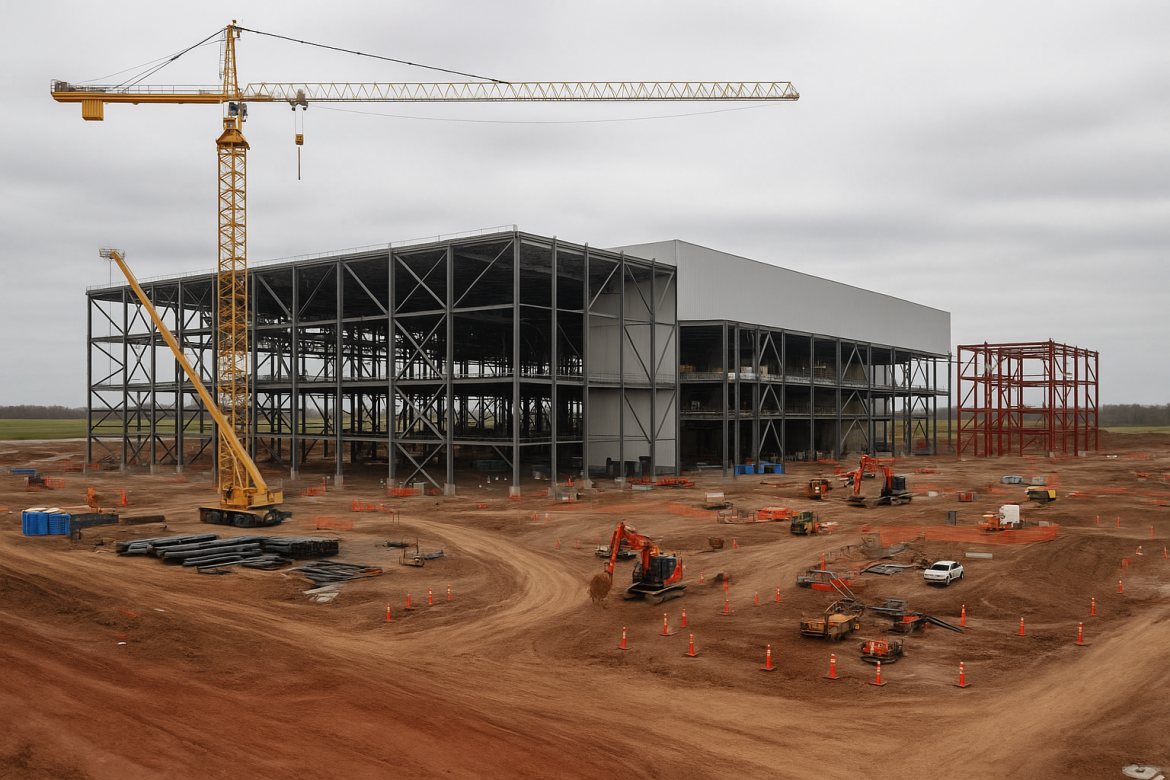Intel’s long-promised semiconductor facility in Ohio, once billed as a cornerstone of America’s bid to regain chipmaking dominance, has been pushed back to 2030.
The project, dubbed Ohio One, is now drawing scrutiny from state leaders after US Senator Bernie Moreno demanded clarity on why the timeline has slipped and what it means for local taxpayers.
The senator’s letter, sent to Intel CEO Lip-Bu Tan, requested details about the impact on Ohio’s economy, the $2 billion in public incentives already committed, and nearly $700 million in new infrastructure tied to the plant.
State funding tied to Intel’s Ohio One
Ohio had pitched itself as a semiconductor hub when Intel unveiled plans for its site near Columbus. Public support totalled billions, with the state and local authorities offering financial incentives and preparing infrastructure to support what was projected as the world’s largest chip facility.
Moreno emphasised that taxpayers should not bear the burden of delays. His request included proposals from Intel on how it could offset costs linked to the extended timeline.
The concern is that the prolonged construction could weaken local supply chain development and delay thousands of expected jobs tied to the factory.
Communities that had prepared for growth in housing, schools, and services now face uncertainty over when the benefits will materialise.
Federal investment and political ties
The pressure on Intel comes shortly after the US government acquired a 10% stake in the company. That deal, announced last month, followed a White House meeting between President Donald Trump and Tan.
Within days, the investment was finalised, underscoring Washington’s role in the company’s turnaround strategy. Trump later credited his administration with pressing Intel to accept government equity.
The move was positioned as part of broader efforts to shore up domestic manufacturing under the Chips and Science Act signed in 2022.
Intel’s response and ongoing challenges
In its Tuesday statement, Intel reiterated its commitment to expanding US semiconductor production, stressing that Ohio remains central to its long-term plans.
However, the company did not address Moreno’s questions about economic costs or possible compensation to the state. Intel pointed to “flexibility to adjust timelines based on customer demand,” signalling that global market conditions remain a factor in its decision-making.
The statement emphasised cooperation with state leaders and stakeholders but avoided giving a firm schedule for construction progress or hiring milestones.
Market reaction and financial backdrop
Intel shares have gained more than 66% this year, boosted by the US government’s investment and new agreements with Nvidia and SoftBank.
Still, the company has been wrestling with falling sales and rising losses, which have forced it to scale back expansion. The Ohio project was initially set to open this year, and its postponement highlights the gap between Intel’s ambitions and financial realities.
President Biden, who attended the ground-breaking in 2022, had positioned the site as a flagship example of US industrial revival.
The delay may also test investor patience, as the factory has been closely tied to Intel’s recovery strategy and America’s semiconductor supply chain plans.
The post Intel delays Ohio chip plant to 2030 as state pushes for answers appeared first on Invezz

